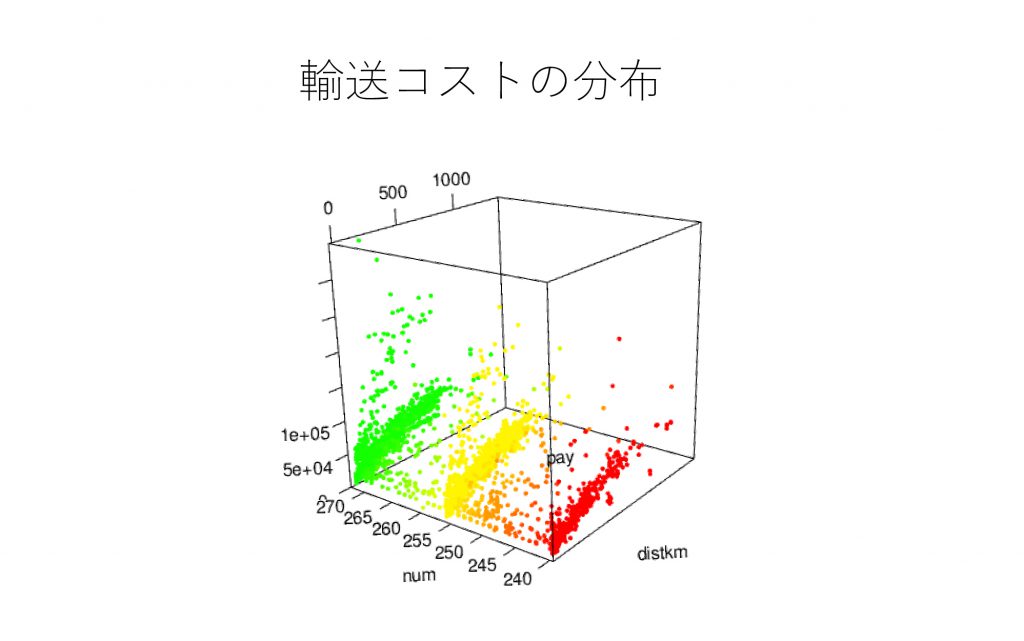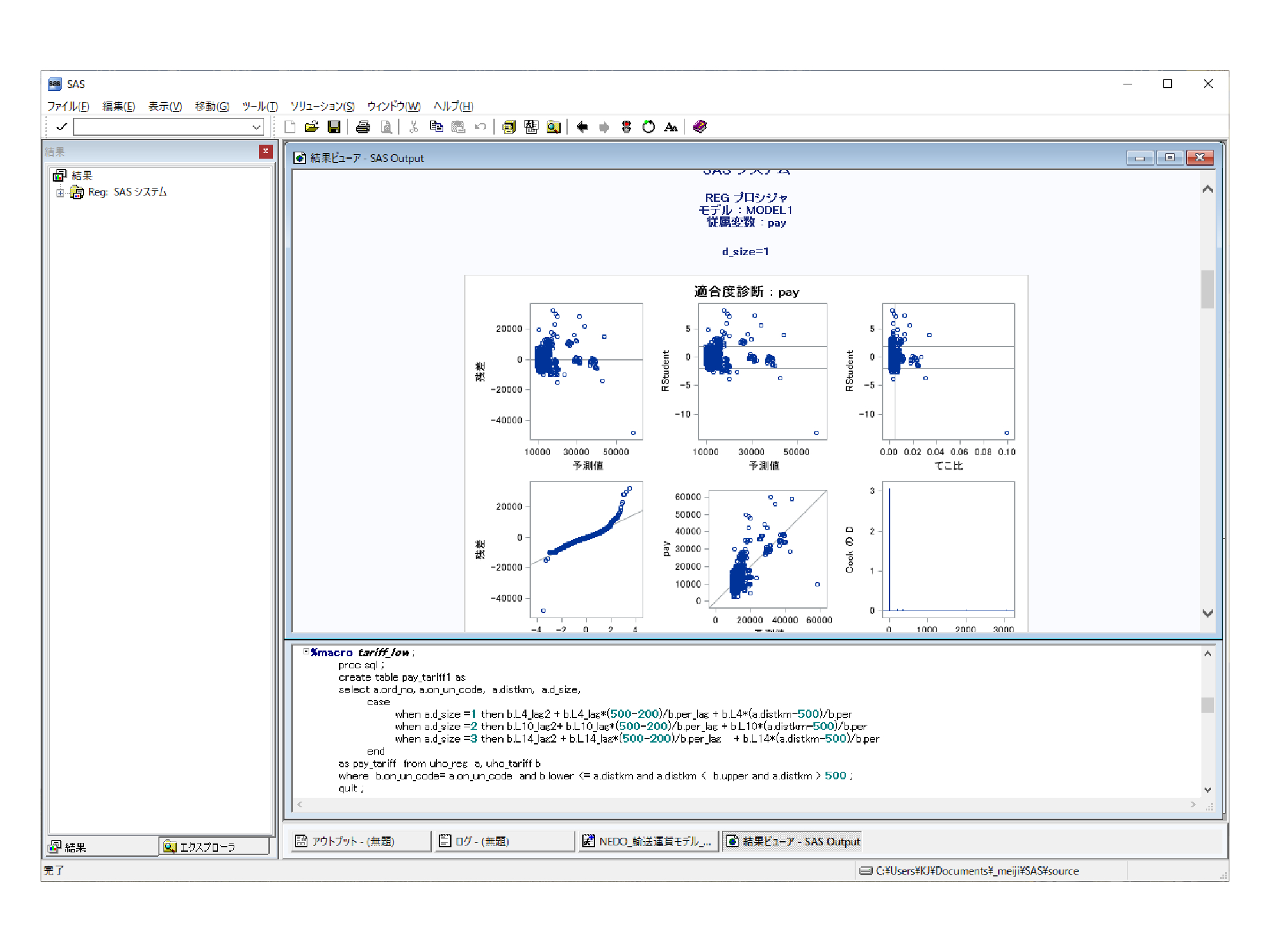Details of the Initiative
Changes in distribution practices, such as frequent small-lot deliveries and shorter lead times due to the increase in e-commerce, and the fact that drivers work long hours and have relatively low incomes, are contributing to the driver shortage. On the other hand, there is a study showing that the loading rate of trucks is about 40%, due to the large number of “empty vehicle round trips” in long-distance transportation. In the midst of the logistics crisis, the logistics industry is required to achieve overall optimization rather than individual optimization through cross-industry collaboration and cooperation.
Japan Pallet Rental Corporation, which provides logistics infrastructure, has been selected by the NEDO project as a Cross-industry Joint Transportation Matching Service for Realizing White Logistics, in collaboration with Gunma University and Meiji University. As the title suggests, our goal is to develop a cross-industry matching service to improve the loading rate, which will lead to an improvement in the working environment of the logistics industry and make it whiter, which in turn will lead to a reduction in CO2 emissions. I am in charge of developing a transportation cost calculation model by applying modeling methods that I have developed through my research in financial data science.
Related links:https://www.meiji.net/it_science/movie006_koji-inui


